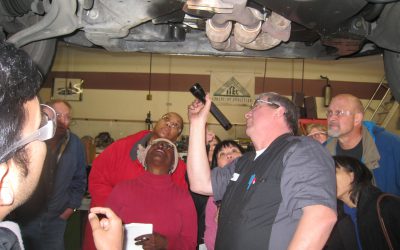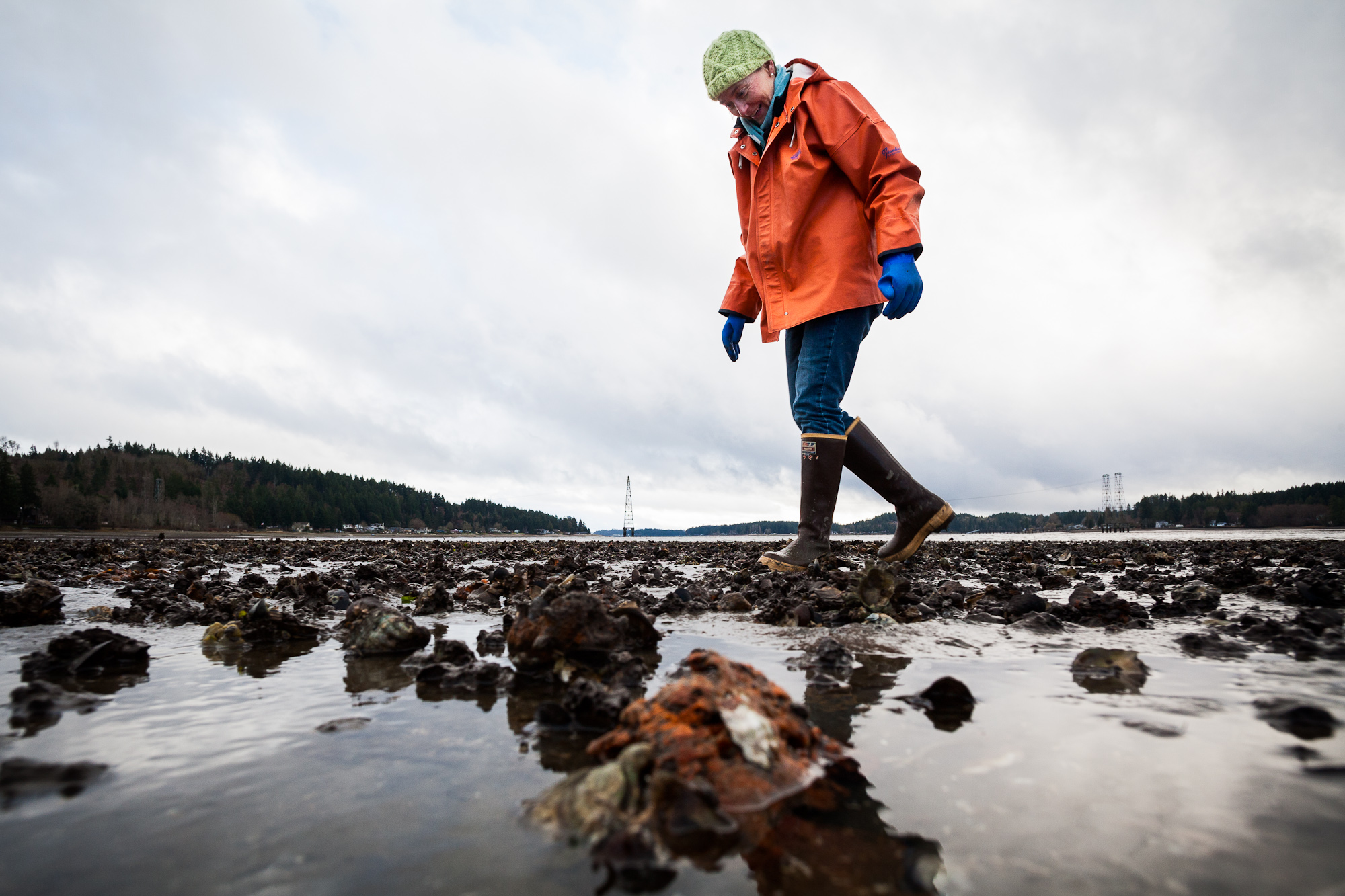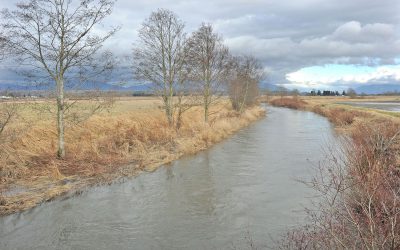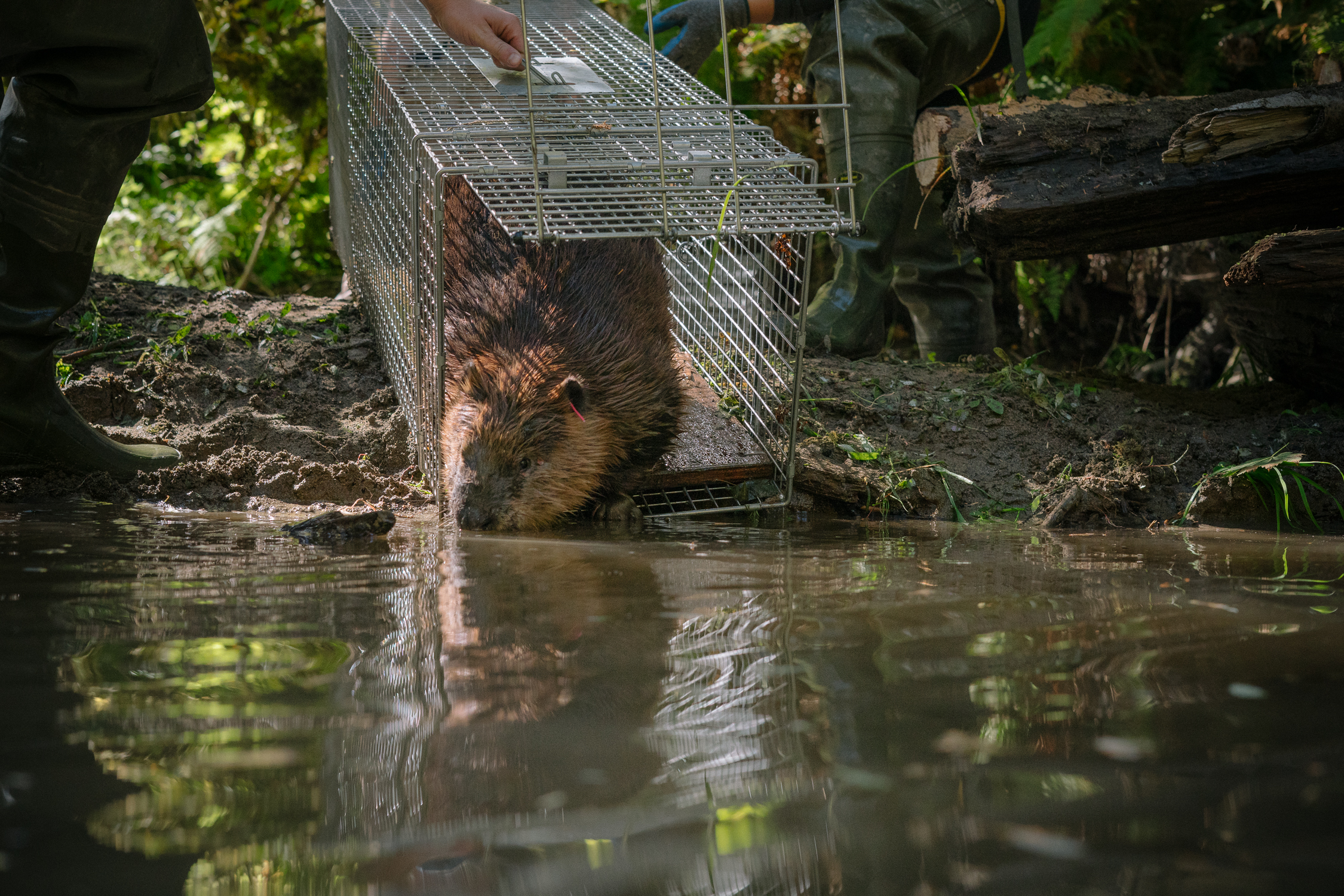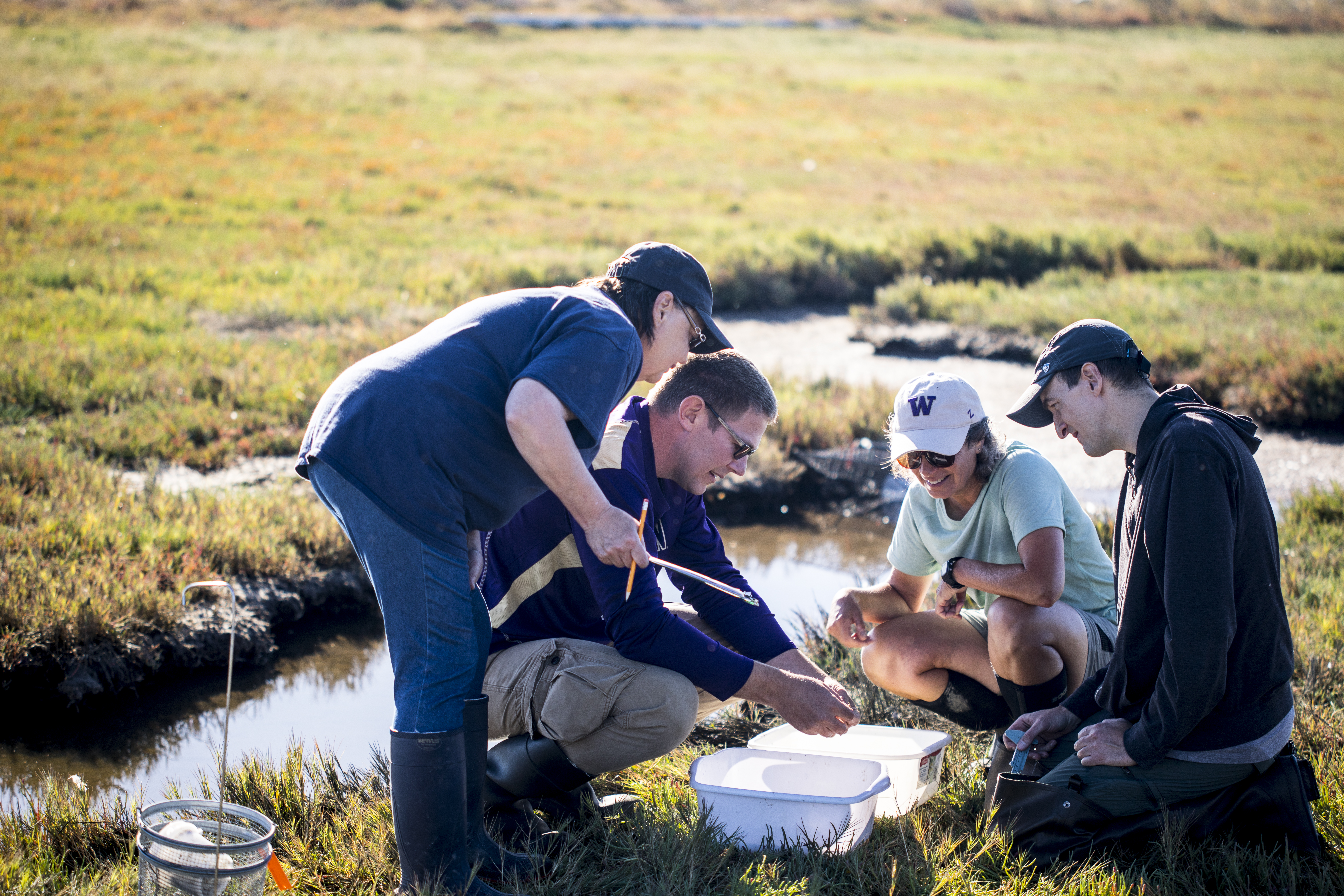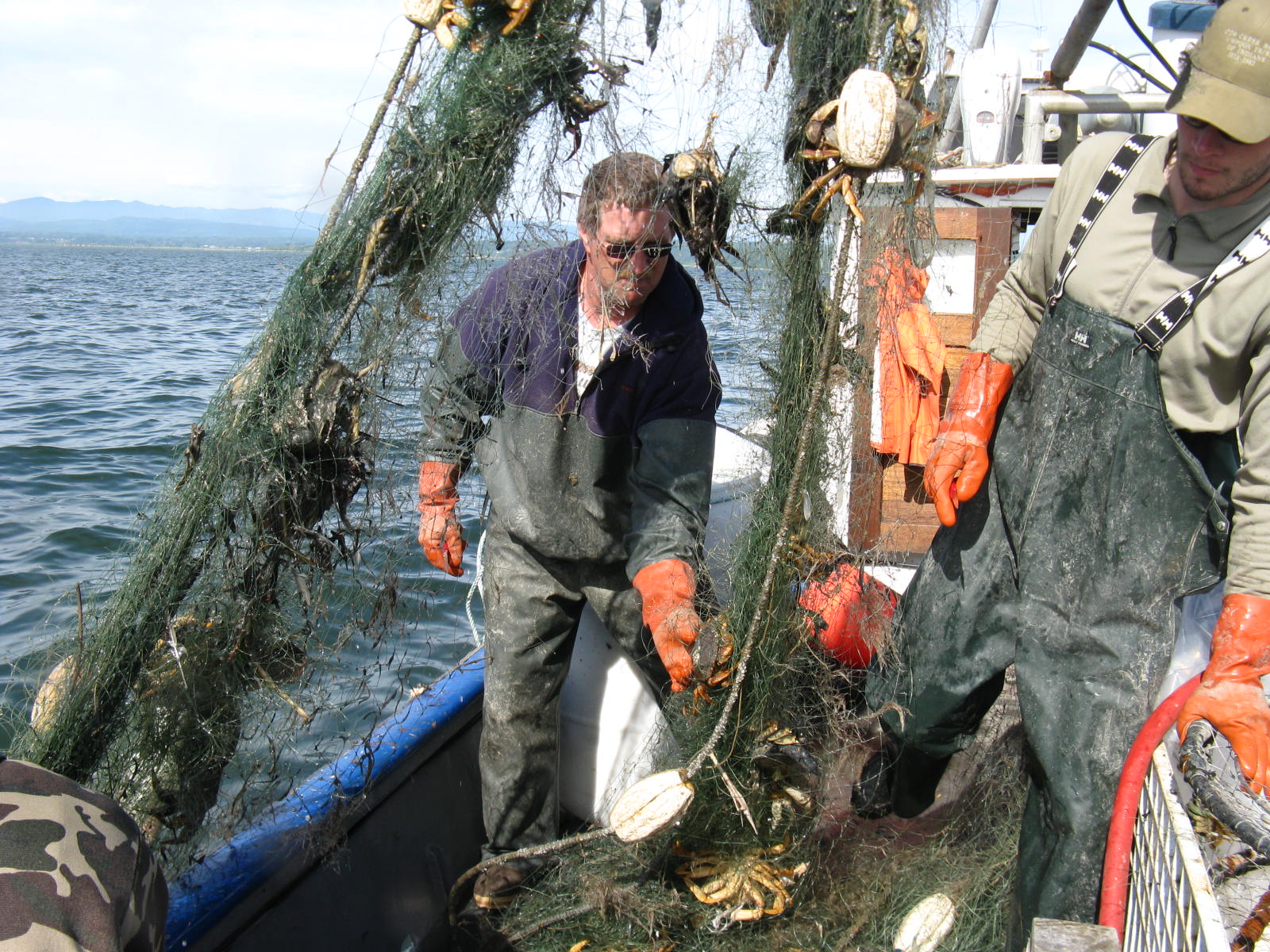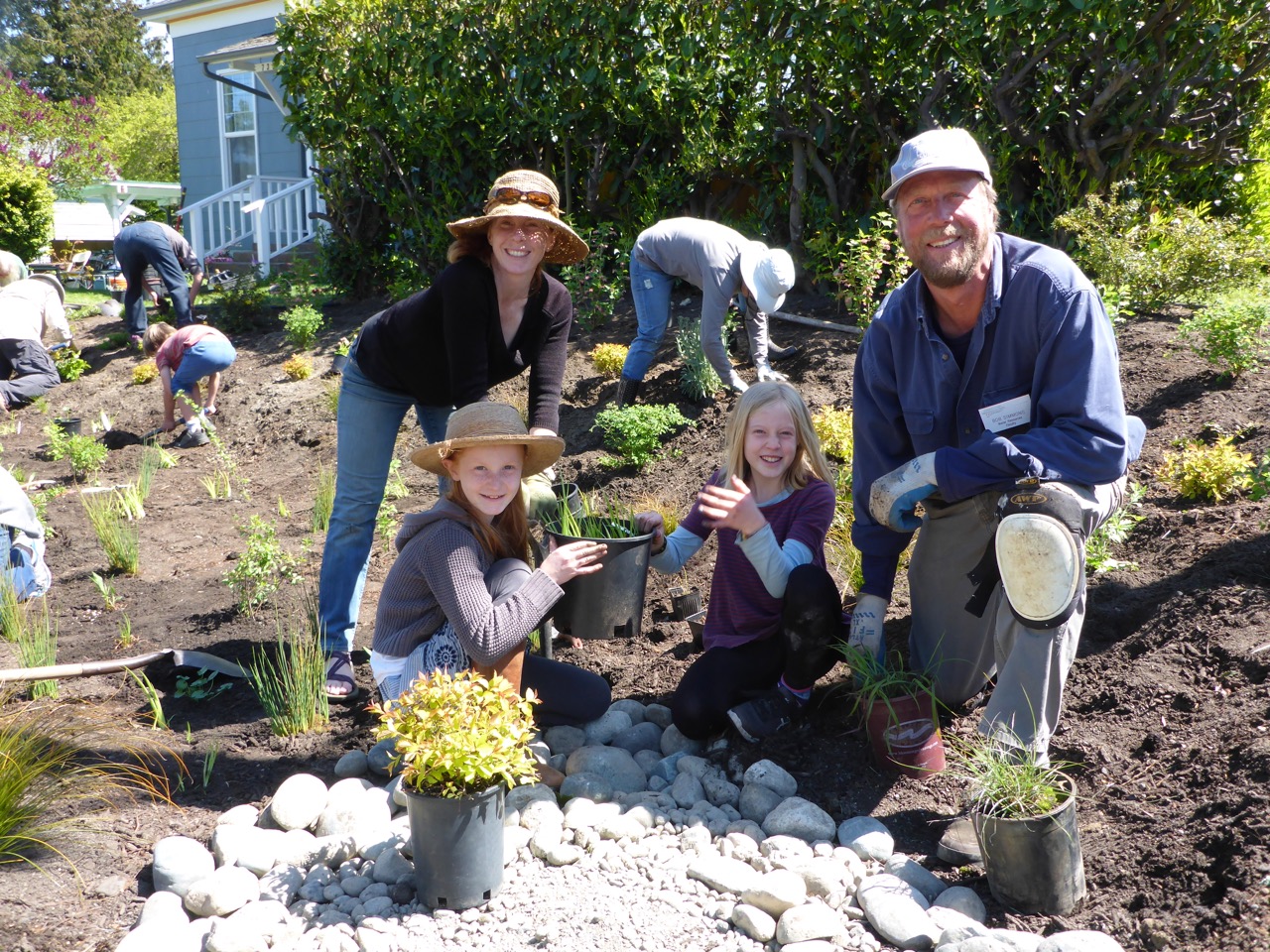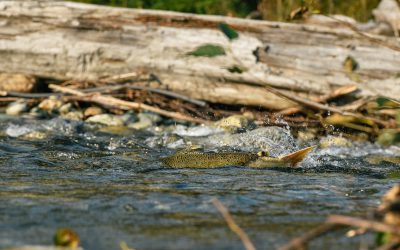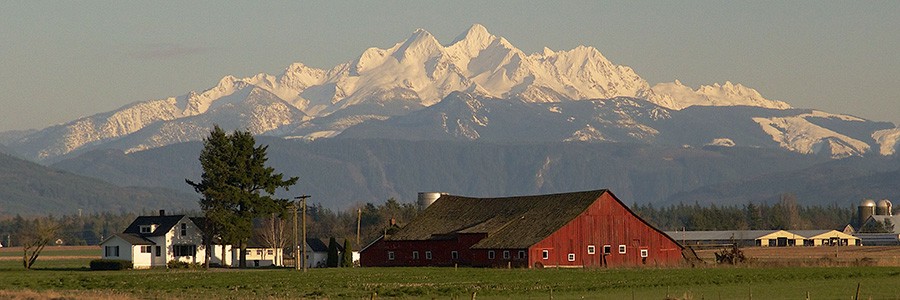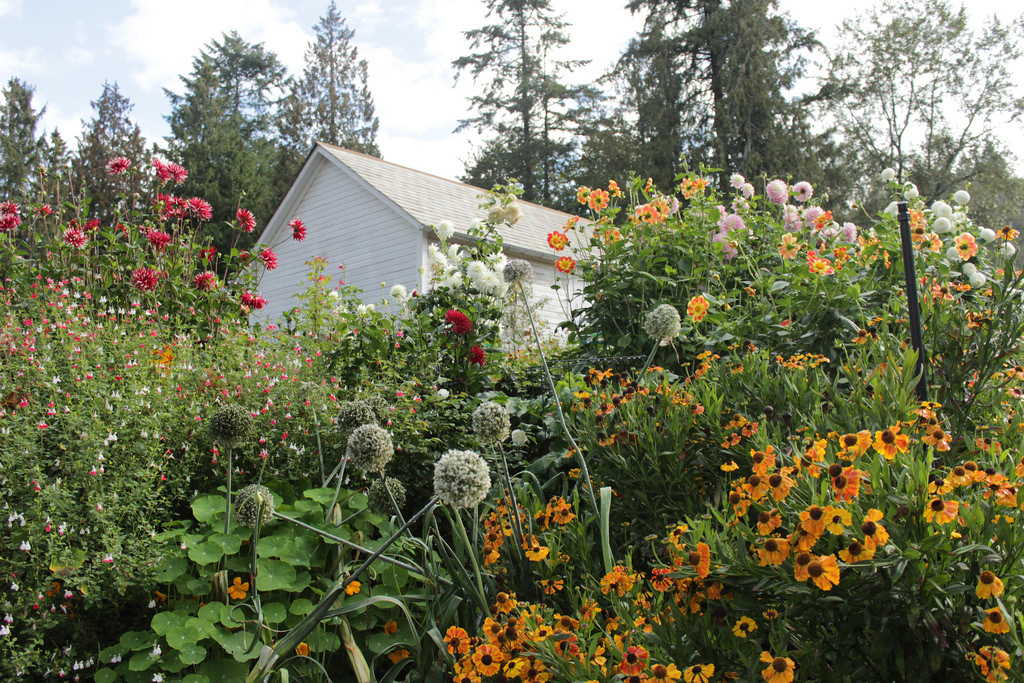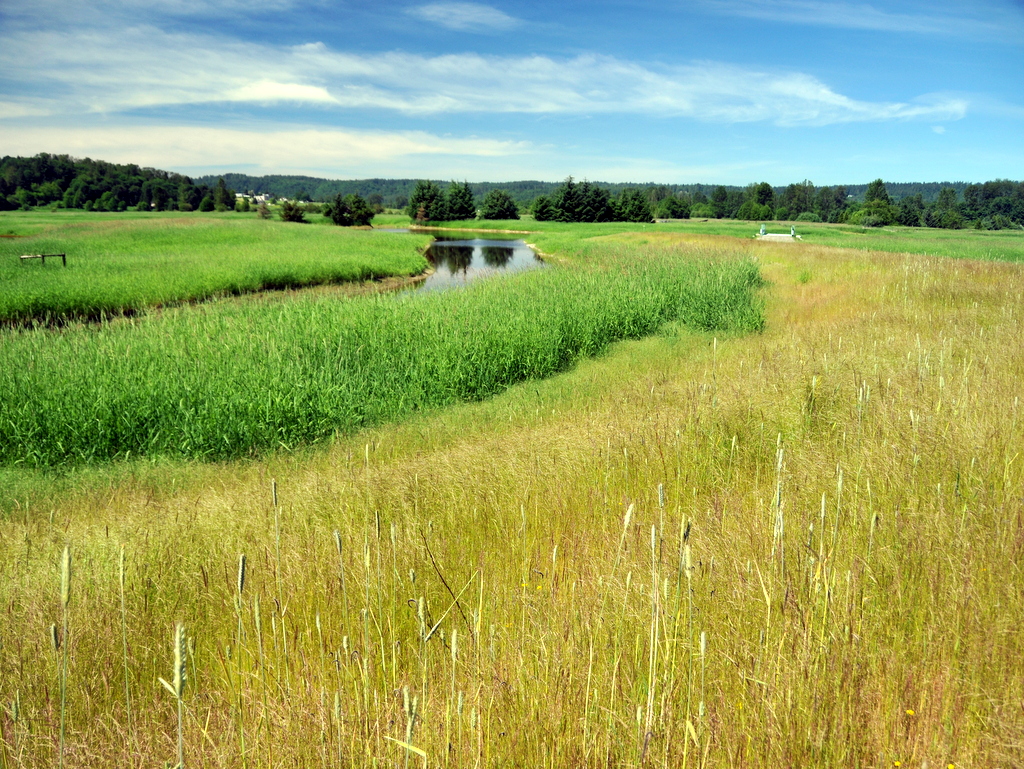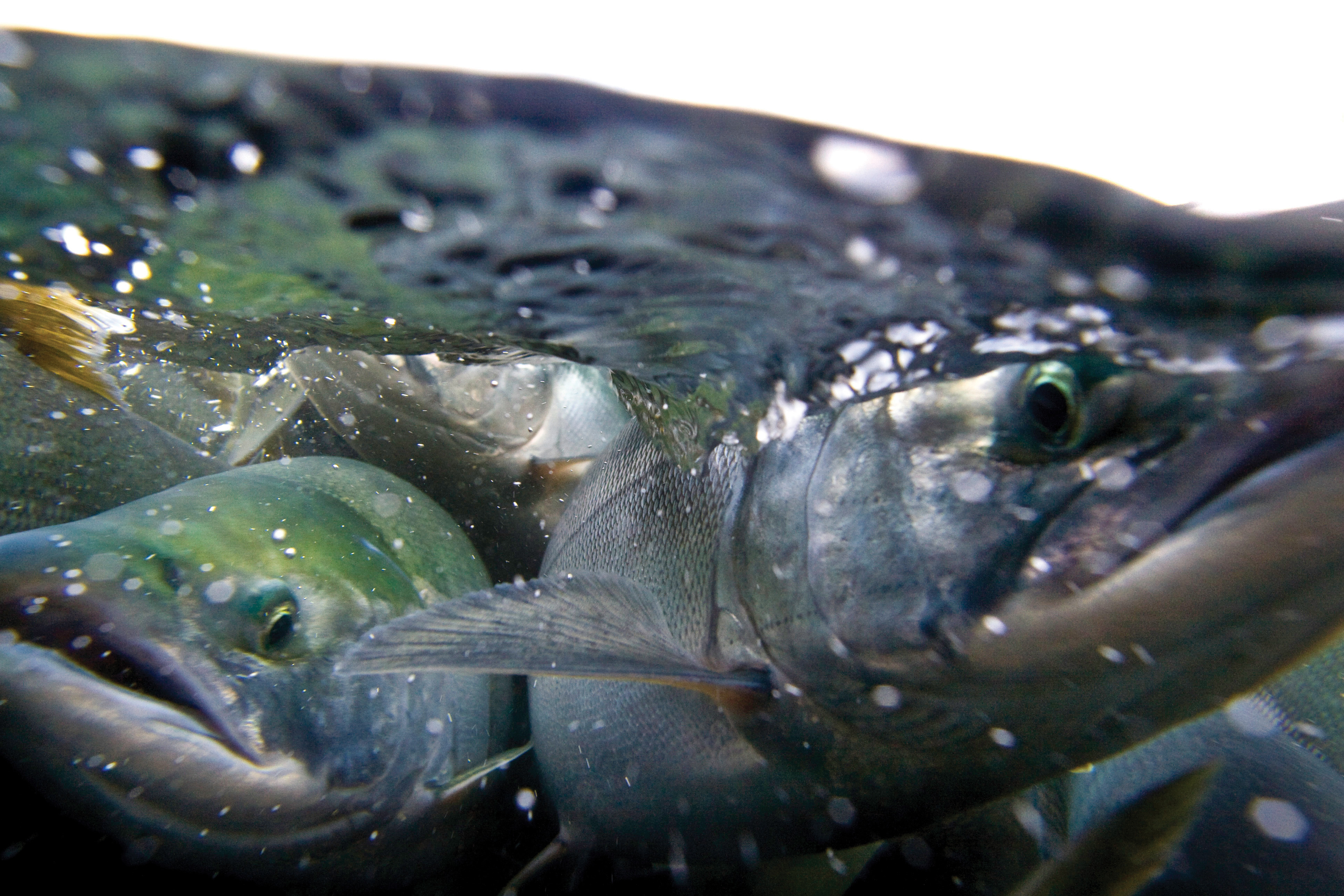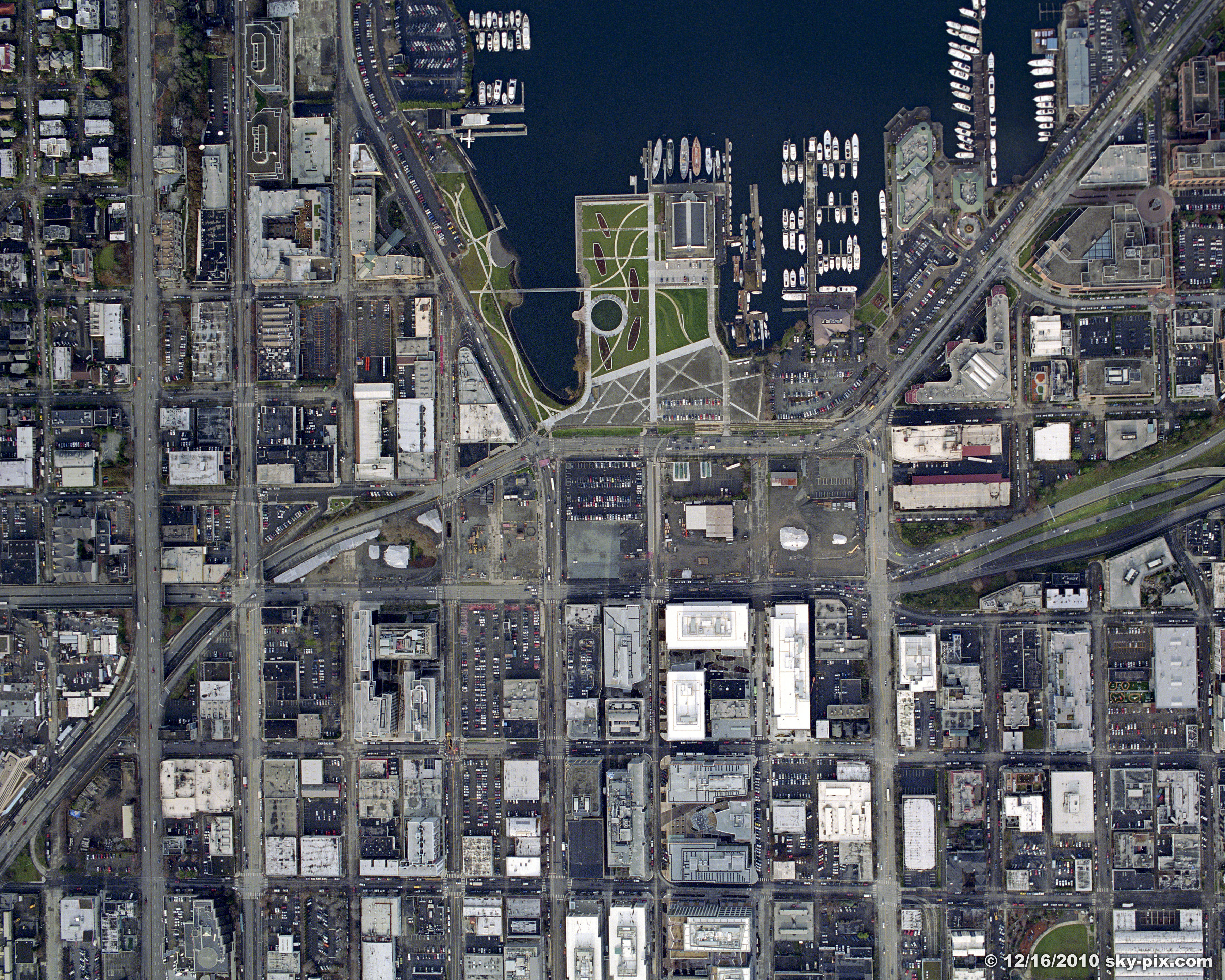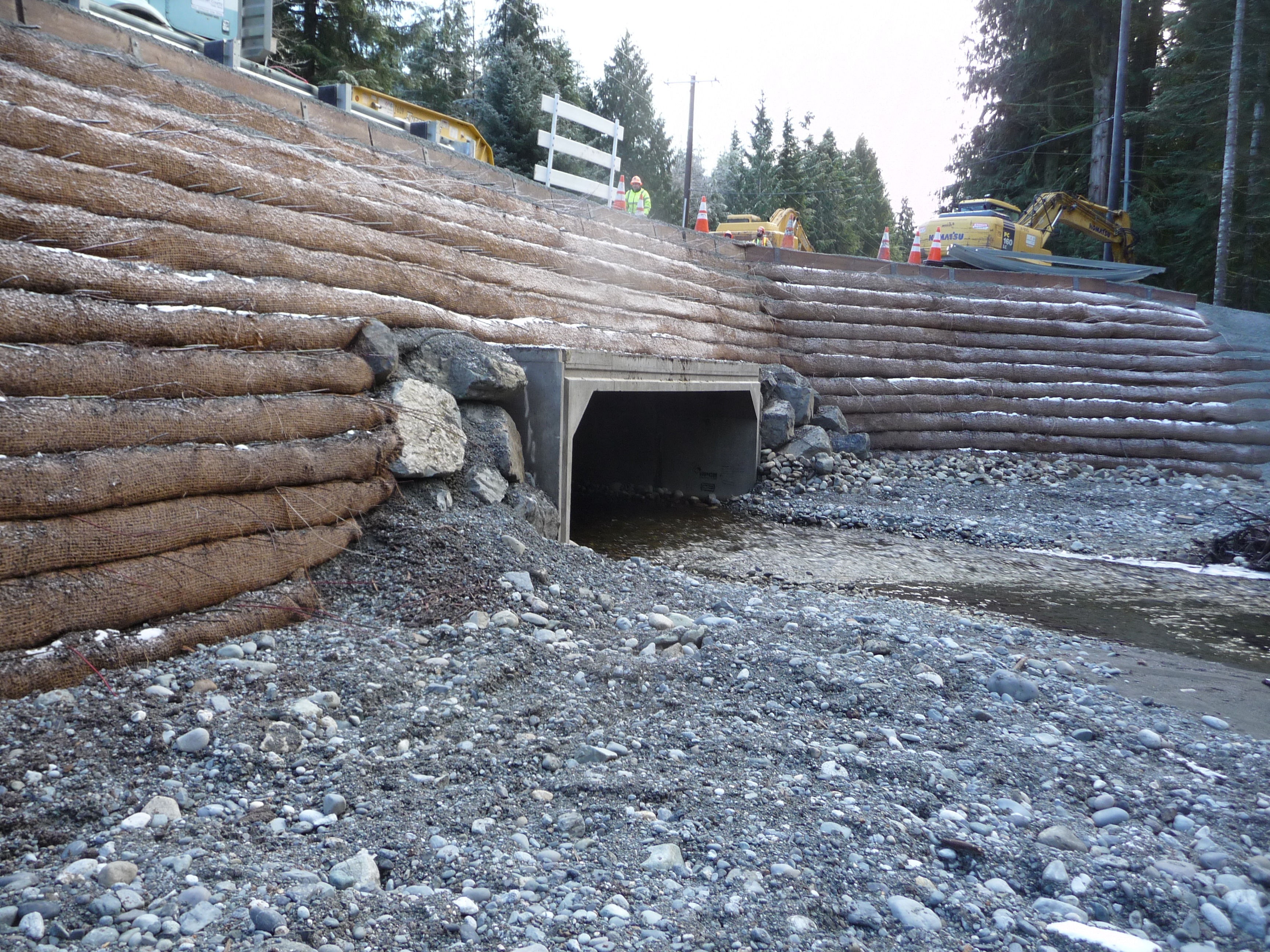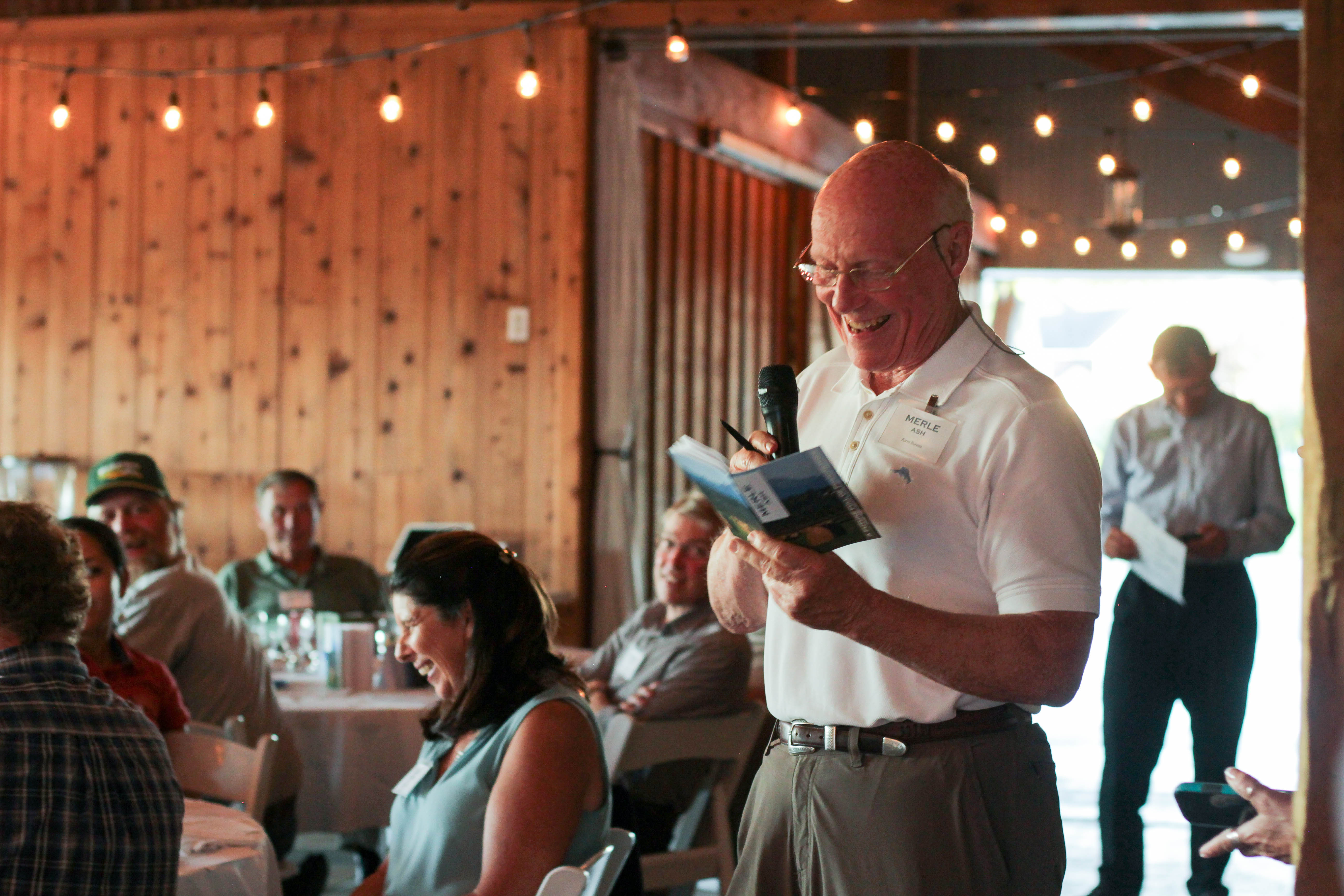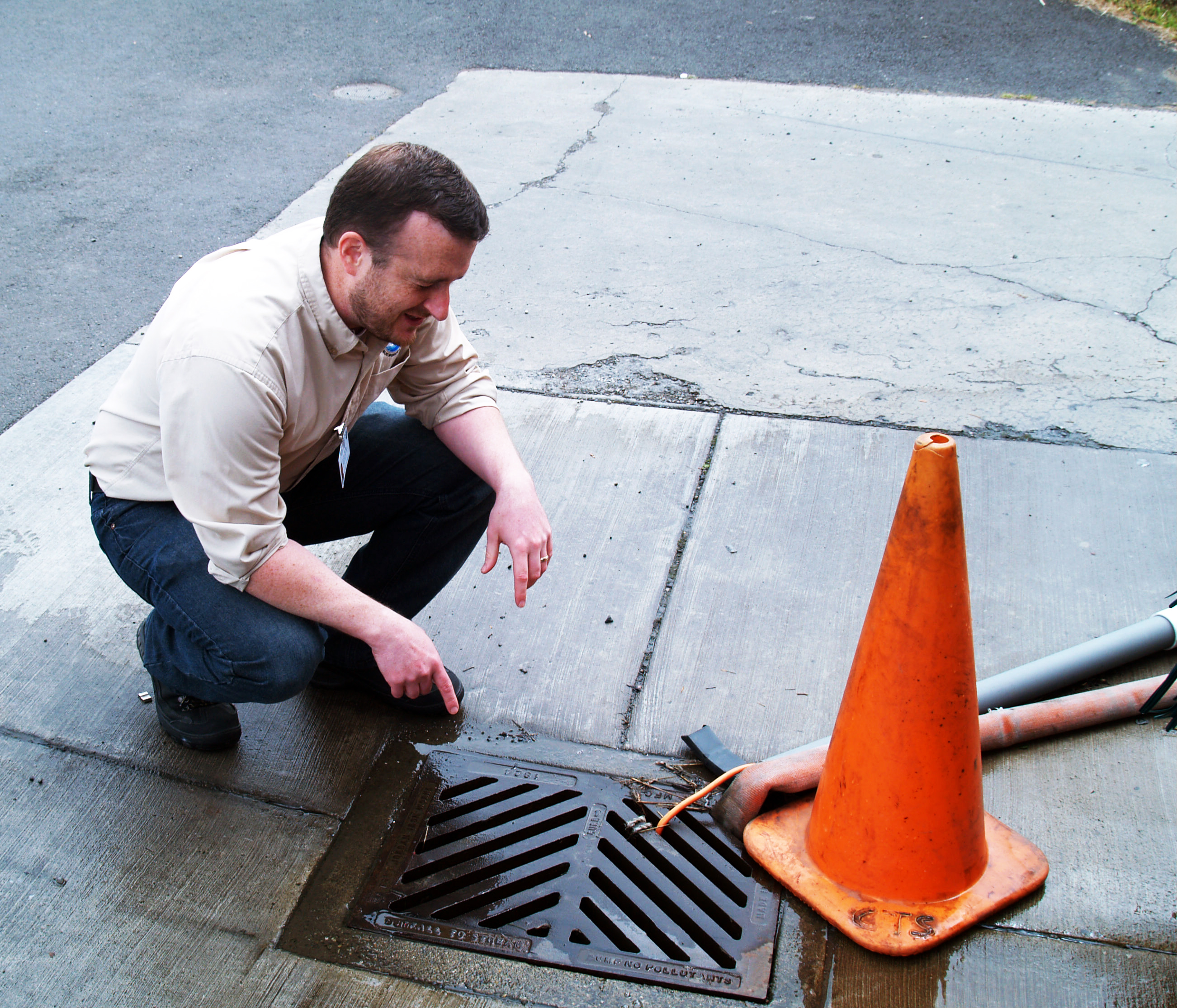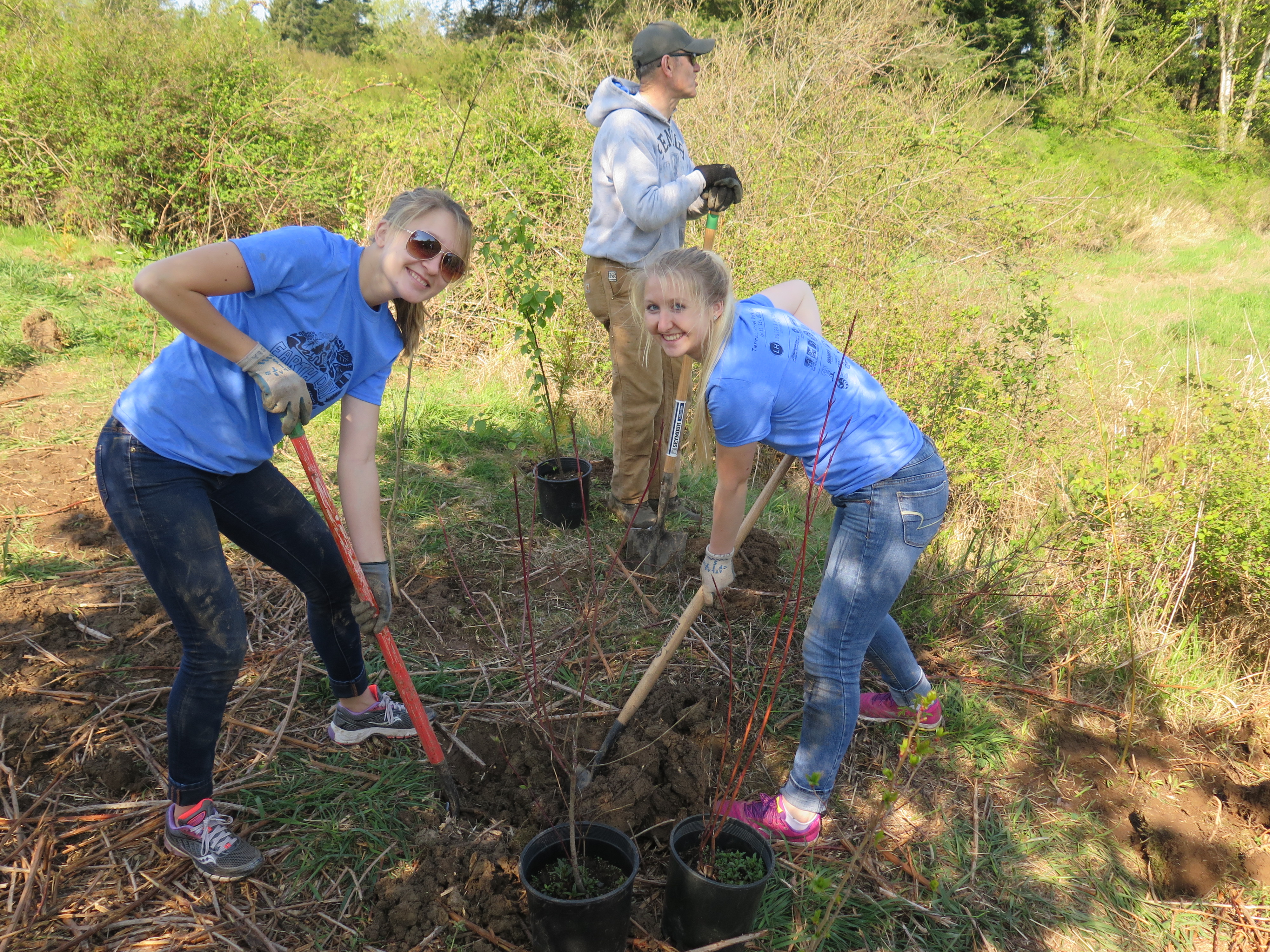Helping drivers prevent pollution from drips and leaks Each year, vehicles driving around Puget Sound leak approximately 7 million quarts of vehicle fluids, including motor oil, fuel, lubricants and more into the Puget Sound watershed. Oil and other petroleum products...
Congressional District One Text
Regional On-site Sewage System Loan Program
Helping homeowners repair or replace failing on-site sewage systems The Regional On-site Sewage System Loan Program (RLP) in Washington State consolidates multiple county-level on-site sewage system loan programs into a single public-private partnership between the...
Olympia Oyster Restoration
Rebuilding native oyster beds and important habitat The Olympia oyster is Washington's original oyster. As our only native oyster species, they help keep our estuaries healthy by providing habitat for a diverse community of organisms. The oysters grow in aggregations,...
Using Beavers for Salmon Habitat Restoration
Protecting wildlife and helping landowners builds salmon habitat naturally The Tulalip Tribes are collaborating with an unlikely partner to restore habitat for salmon: beavers. For four years, the Tribe has relocated about 100 beavers from private lands in the...
Washington Sea Grant Crab Team
Engaging citizen science volunteers to protect the Salish Sea from invasive European Green Crab The European green crab is listed by the International Union for Conservation of Nature (IUCN) as one of the world's 100 most damaging invasive species. European green...
Northwest Straits Marine Conservation Initiative
Local people. Local solutions. The Northwest Straits Marine Conservation Initiative catalyzes and empowers local communities to conserve and restore their marine resources. Established in 1998, the Northwest Straits Commission provides funding, training and support to...
Making connections for salmon in the Skagit
Photo credit: Eric Mickelson, Skagit River System Cooperative Project Summary Illabot Creek is a highly productive tributary of the upper Skagit River that supports relatively large populations of Chinook, chum, coho, and pink salmon, native char, and steelhead trout....
Moga Farm Restoration Project
CONGRESSIONAL DISTRICT: 01 LEGISLATIVE DISTRICT: 39 WRIA: 7 CITY, COUNTY: Snohomish, Snohomish County PROJECT SUMMARY The Snohomish River is the second largest producer of Endangered Species Act-listed Chinook salmon in the Puget Sound. The Moga Farm...
Cherry Creek Restoration Project
CONGRESSIONAL DISTRICT: 01 LEGISLATIVE DISTRICT: 45 WRIA: 7 CITY, COUNTY: Duvall, King County COST: $703,000 PROJECT SUMMARY Cherry Creek is the Snoqualmie River's lowest major tributary; its location provides high recovery-benefit potential for Chinook, Coho, and...
Nooksack River
A habitat restoration effort on the Nooksack River aims to help two important populations of Puget Sound Chinook salmon recover from dangerously low numbers. As with other salmon recovery actions undertaken by the Nooksack Indian Tribe, the goal of the...
Leque Island Estuary
In the Stillaguamish River watershed, 85 percent of historical tidal marsh habitat has been displaced by other uses. Leque Island's tidal marsh habitat is particularly valuable for young Chinook salmon as they transition from fresh water to saltwater but it is...
Cranberry Creek
Cranberry Creek, a tributary to the Stillaguamish River, is home to endangered steelhead and bull trout. It is also an important salmon spawning stream, but an old, corroding culvert was preventing migrating fish from getting where they needed to go. A culvert...
Sustainable Lands Strategy
The Sustainable Lands Strategy is a game-changing partnership in Snohomish County. Historically, estuary restoration projects have been implemented without a clear vision of how those projects fit into the broader landscape with farming and flood control....

